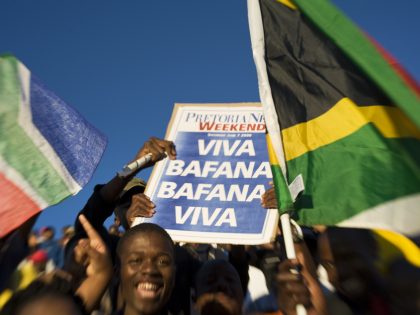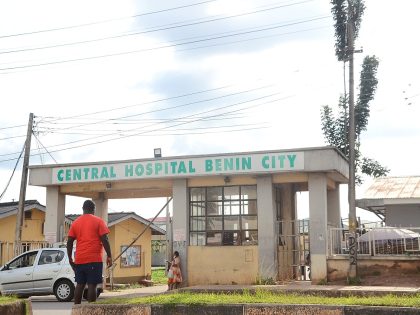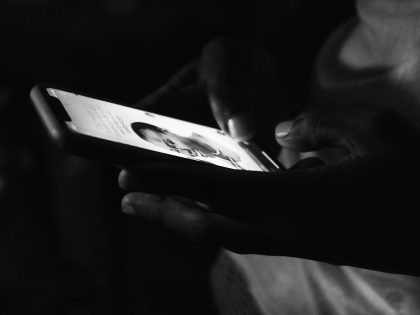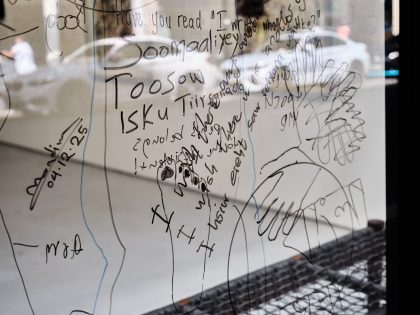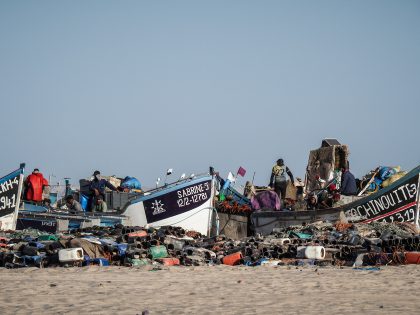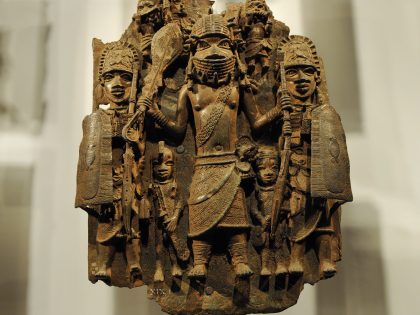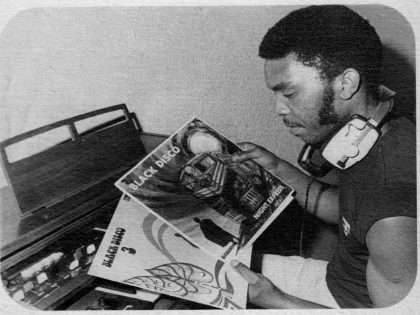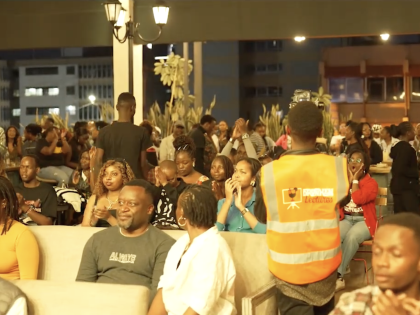Black Europe and Body Politics
The collective BE.BOP works to introduce a decolonial way of thinking about the visual arts in Europe and Africa.

"Stitches of Power. Stitches of Sorrow," 2014.
In the Decolonial Aesthetics Manifesto 2011, curator Alanna Lockward and Walter Mignolo, among others, write that, “(t)he goal of decolonial thinking and doing is to continue re-inscribing, embodying and dignifying those ways of living, thinking and sensing that were violently devalued or demonized by colonial, imperial and interventionist agendas as well as by postmodern and altermodern internal critiques.” Lockward and Mignolo are affiliated members of BE.BOP (Black Europe & Body Politics). Through the project, a certain decolonial way of thinking about the visual arts has been introduced in Europe and Africa.
This project seeks to fill a gap when it comes to deconstructing the coloniality of western art and aesthetics in Europe. It provides a space to discuss and create a dialogue around (collective) self-liberation and healing.
For those not familiar with this groundbreaking project, BE.BOP is a curatorial project, in co-production with Ballhaus Naunynstrasse, that includes exhibitions, presentations, screenings and roundtables by artists (amongst others) from the Black European Diaspora. The 2014 edition of BE.BOP is titled “Spiritual Revolutions & “The Scramble for Africa.”
In this edition, healing and healing through drawing the spiritual map of Pan-Africanism before and after the so-called “Scramble for Africa” are central. Through various artworks and performances (more below) the various meanings of healing are explored.
Recently Framer Framed, an initiative to discuss the politics of representation and curatorial practices in the 21st century, hosted BE.BOP in Amsterdam for a special five-hour event. A range of documentaries and performances were presented during these five hours that clearly showcased ways in which artists deal with the theme of spirituality and healing. Check out some of the inspiring and beautiful results of BE.BOP participants below:
Patricia Kaersenhout, Stitches of Power. Stitches of Sorrow: During slavery and the colonial period, embroidery was a pastime for white women of higher social rank, while in the colonies black women were facing daily horrors like rape, being separated from husbands and children and hard labour. White women were embroidering innocent images on white fabric. The needle symbolizes literally the penetration of a Black female body. Filling in the ‘empty image’ emphasizes the historical non position and neglect of Black women in West European written history. Embroidering a gun is a paradox in itself. Embroidering as an re- enactment of innocence symbolizing an act of violence.
Alanna Lockward, The Allen Report: Retracing Transnational African Methodism: An interesting account of the African Methodist Episcopal Church and their role in the liberation of Namibia from South Africa. The whole film will be out in July 2015, read more about this great project here.
Anika Gibbons, Journey to Liberation: The Legacy of Womanist Theology and Womanist Ethics at Union Theological Seminary, 2013: Filmmaker Anika Gibbons has created a moving and inspiring documentary that tells the radical spiritual story of four Womanist scholars. The stories give insight in the scholarship of Womanist theology and Womanist ethics through interviews with Dr. Emilie Townes, Dr. Jacquelyn Grant, Dr. Kelly Brown and Dr. Katie Cannon and current Union students. The interviews are beautiful and give plenty food for thought on issues related to social justice, spirituality and womanism.


